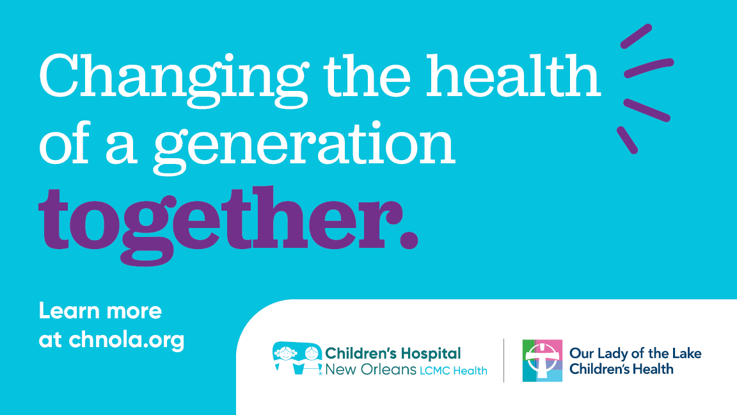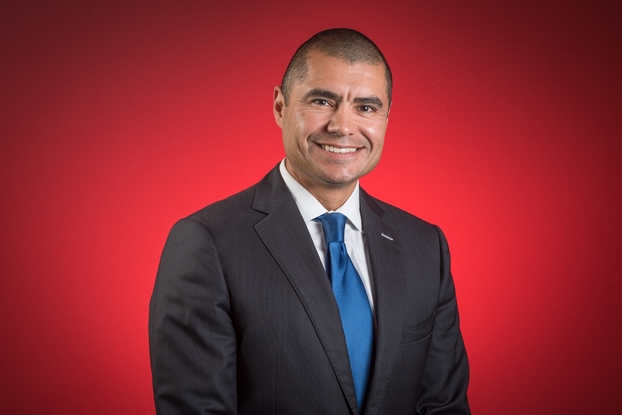Spina Bifida: When to see an orthopedic surgeon
- Category: Orthopedics
- Posted on:
- Written By: Dr. Carter Clement, Orthopedic Surgeon

Spina Bifida (a.k.a. myelodysplasia) isn’t a single disease – it’s a broad spectrum of conditions that can be so mild it’s unnoticeable, or so severe that it’s lifechanging for a whole family. Spina bifida occurs when the spinal cord doesn’t form appropriately in the mother’s womb. Patients with spina bifida often need to see several types of doctors, potentially including neurologists, orthopedic surgeons, rehabilitation specialists, neurosurgeons, and more. There are also physical therapists, occupational therapists, nutritionists, orthotists, and others on the team. This is why Children’s Hospital has a patient-centric multidisciplinary clinic where patients with spina bifida can see all of their providers in one place.
Most patients with spina bifida will need to see an orthopedic surgeon at some point, and many will actually need an orthopedic surgery. However, this could be for a number of reasons.
Fractures
Children with severe spina bifida are not able to walk and spend most of their waking hours in a wheelchair. While this may sound safe, they are actually prone to fractures. Bones need to bear weight to grow strong, so children who don’t walk tend to have very weak leg bones. In these cases, a fracture can occur with minimal trauma, like simply bumping into a table. To complicate the matter, children with spina bifida may not be able to feel pain in their legs. The area of the broken bone often looks red and warm and can be confused with an infection. In these cases, we need X-rays! Once the fracture is diagnosed, it usually heals well with a simple splint.
The spine
Scoliosis (a curved spine) is very common in spina bifida and tends to get worse as patients get older. Patients with very severe spina bifida (i.e. affecting the thoracic spine), always get scoliosis. These patients usually need a major surgery to stop the curve from getting worse and to make sure they can continue sitting upright in their wheelchair. What’s more, these children have a relatively high risk of complications, including a 15% risk of infection (which means antibiotics and more surgery…) At Children’s Hospital, our multidisciplinary spine team goes to great lengths to make sure these patients are as healthy as possible before surgery and as safe as possible afterwards.
The hips
Hip problems are also common among patients with spina bifida. In some cases, the hips become contracted (stuck) in uncomfortable positions. For example, a patient with hip contractures may have difficulty sitting in a wheelchair or resting in bed. In these cases, an orthopedic surgeon may recommend lengthening tendons to help the hip relax into a more natural position. In more severe cases, the hips can become dislocated and develop painful arthritis. If the patient is able to feel this pain, surgery may be necessary to resect the part of the bone where arthritis has developed.
The knees
Like the hips, the knees can become contracted into uncomfortable positions in some patients with spina bifida. Again, an orthopedic surgeon may recommend lengthening tendons or ligaments around the knee to help it relax. In more severe cases, the surgeon may recommend an osteotomy (cutting the bone) to get the knees into a better position.
The feet
Foot and ankle problems are common in spina bifida, especially contractures. In mild cases, an orthopedic surgeon may be able to correct the problem with serial casting (i.e. putting on a new cast every week to gradually stretch the foot and ankle into a better position). In more severe cases, surgery becomes necessary to achieve this goal by lengthening tendons and ligaments around the foot. In truly severe cases, it becomes necessary to perform osteotomies (cutting the bones) to straighten out the foot and ankle. After treatment, many of these patients will need long-term braces called AFO’s (ankle foot orthosis) to keep the contractures from coming back.
For more information about the Children's Hospital New Orleans' Spina Bidida Clinic, visit chnola.org/services/neurosciences/spina-bifida-clinic/



